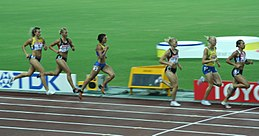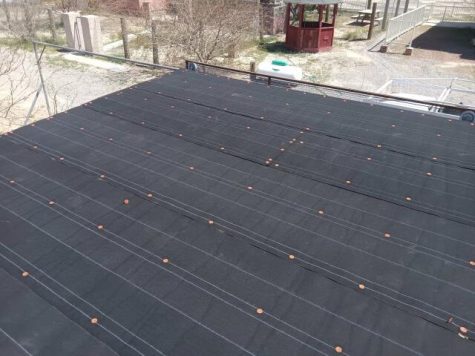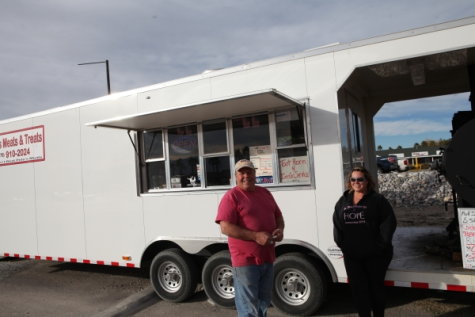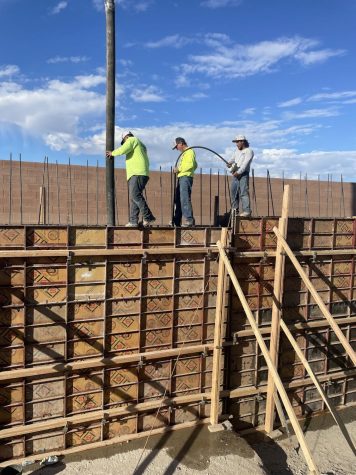The Life of a Track Athlete
There are many things you have to do to prepare yourself for events/races on the track.

In track, you get to choose what you pick for your events. In track, there are 44 events to choose from, and an athlete can compete in up to four events.
First, let’s start with field events, field events are strength events. You can choose from many which include the high jump, shot put, discus, long jump, and some may say hurdles as well.
For the track events we have many options, the three main long-distance runs are the 3000m, the 5000m, and the 10,000m races. The standard middle-distance sprints are 800 meters, and 1500 meters, which is up to a mile. Lastly, our short-distance events are the 100m, 200m, and 400m.
When on a track team, you must participate in practice at least 5 times before a track meet. If you don’t go to practice, you don’t get to go to the track meets. There are ten practices before the first official track meet and only one practice out of those is optional.
You also have to be eligible, meaning you have to have good grades. This is at least a2.0-grade point average, no F’s, or if you have two D’s you must have higher grades in your other classes. After the first grade check if you aren’t eligible you are on “probation”. Probation is where you have one freebie to attend the meet and fix your grades. The net grade check shows if you are ineligible for three weeks.
There are two different types of track meets where athletes compete in invitationals and home meets. The invitational Track meets tend to be two hours longer than a home meet. So in invitationals, you usually don’t place well unless you’re in a 5A school. After those two meets we have regions, in regions we all compete between 1A and 2A, then 3A and 4A. If you place fourth place and up at regionals you qualify for state.
State track meets have different rules than a home meet would. The state is a serious meet, it’s very competitive. There are many scouts that are there and you can have the opportunity to impress them for colleges. They are far more strict, with how you line/set up your heat. You can’t false start or else you get disqualified. When you high jump you have one minute to prepare yourself and actually jump, and if you long jump you need to know your exact mark off or else you can’t jump. Basically, you have to be completely consistent with everything you approach (you have to know what you’re doing). Usually, teams that come it’s all from the north and south side of Nevada and there can be up to 500 kids entered in events. The state meet is also split up into two days, so if you have many events you have enough recovery time.
The track is also hard on the body, you need to eat and sleep right. Most athletes prepare themselves the night before a competition by eating carbs. Most of our energy comes from the glycogen in our bodies which is a form of sugar that comes from eating carbs. Staying hydrated is another important factor. The hot sun makes you sweat, and sweating can cause exhaustion. Shin splints and Charley horses are common, when you run the force of throwing each leg forward causes pain. Most people use massage guns, Icy Hot, or even cupping to improve anything that’s sore.

















